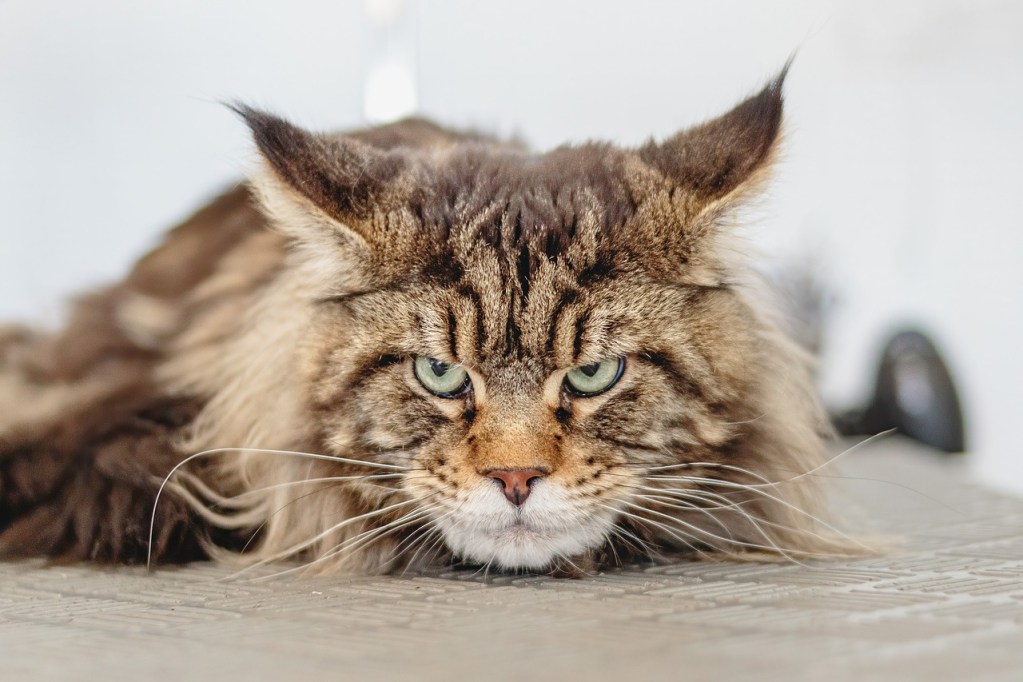Is milk good for my cat?

Many of us have an image from our childhood of a cat happily lapping at a saucer of milk.
But the science is out— milk isn’t good for cats!
Most cats are lactose intolerant
Kittens start life drinking their mother’s milk, but after weaning (around 6–12 weeks), they stop producing enough of the enzyme (lactase) needed to digest lactose.
When undigested lactose reaches the gut, bacteria ferment it. This produces gases and acids that lead to bloating, diarrhoea, stomach pain, and sometimes vomiting. Persistent diarrhoea can cause dangerous side-effects like dehydration and malnutrition.
Studies suggest that about 70% of adult cats cannot properly digest milk, though how seriously they react varies from cat to cat. Some may appear to tolerate small amounts, but that doesn’t mean they are unaffected.
As we noted in our post on pain in cats, they are skilled at hiding discomfort, making it easy to miss subtle signs like mild bloating or soft stools.
What about other dairy?
Other dairy products such as cream, cheese, and yogurt are also a problem. Cream and cheese are especially high in fat, which can lead to weight gain as well as the digestive distress.
Yogurt sometimes contains live cultures that break down some lactose, but it can still cause stomach upset and provides no essential nutrition for cats.
So why do cats crave milk?
It’s partly because cow’s milk is rich in fats and proteins that cats find tasty and satisfying. It also contains casein, a protein that can have a calming effect. But the joy is short‑lived and the digestive upset soon follows.
What about our favourite alternatives…
…like soy, oat, or almond milk? Nope, they can upset a cat’s stomach just as badly. Even lactose‑free or specially formulated “cat milk” offers no real nutritional benefit.
The bottom line: skip the saucer of milk. If you want to treat your cat, stick to species‑appropriate foods instead.
Milk may be part of a cozy stereotype, but in reality, it’s more likely to harm than help.
Is milk good for my cat? Read More »










